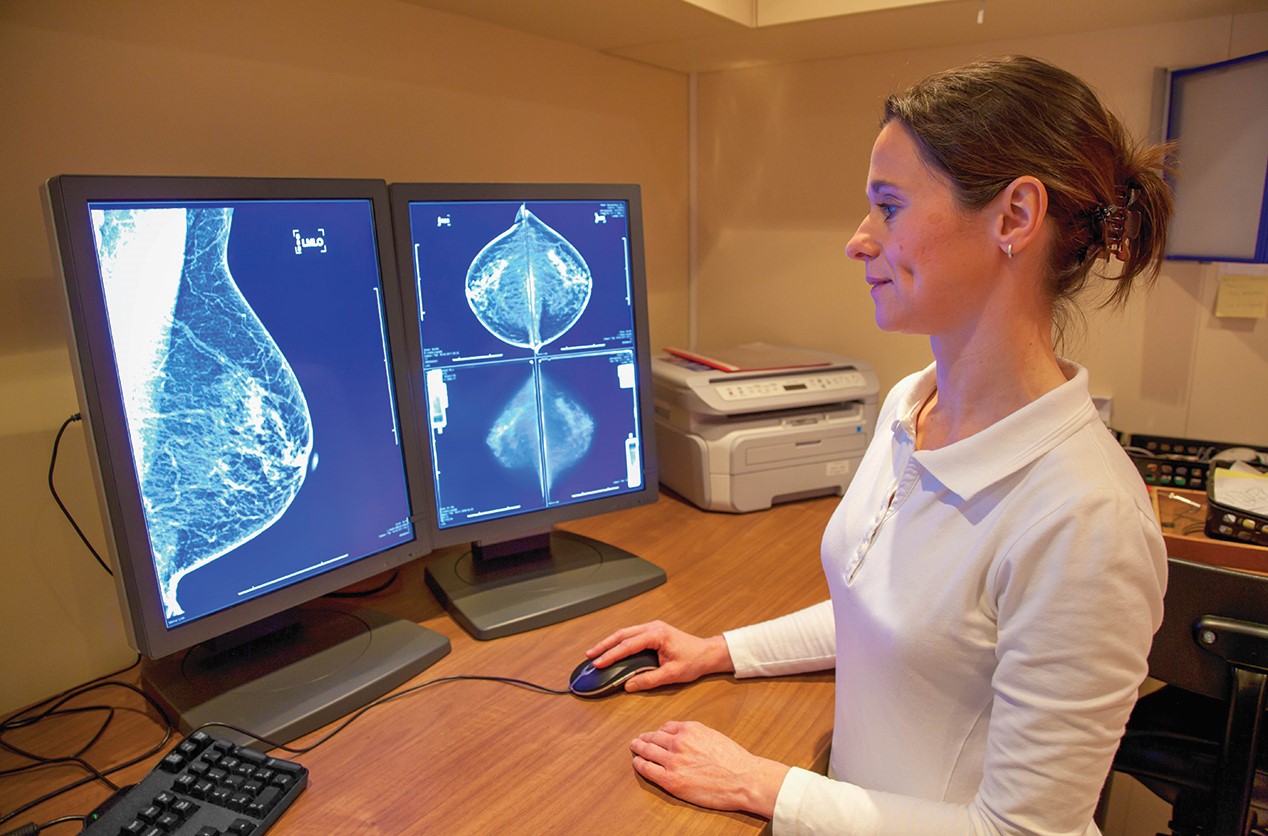A cancer diagnosis can be overwhelming, and patients who receive such news are often flooded with a wide range of emotions. When delivering test results, doctors share vital information about their patients’ disease. Those details can go a long way toward easing patients’ concerns.
Staging is a critical component of any cancer treatment plan, and often begins with an MRI, a PET/CT scan, or other advanced medical imaging. The physicians at Southtowns Radiology explain that ‘stage’ refers to the extent of the cancer, including how large the tumor is, and if it has spread or metastasized. Learning the stage of the cancer, which is typically expressed on a scale of 0 through IV, helps doctors understand the seriousness of the cancer and the patient’s chances of survival. Staging is also used to plan treatments and potentially identify clinical trials that may serve as treatment options.
The American Joint Committee on Cancer oversees the breast cancer staging system utilizing the TNM system. Breastcancer.org notes that three clinical characteristics, referred to as “T, N, and M,” are used to calculate the stage of the cancer:
- the size of the tumor and whether or not it’s grown into nearby tissue (T)
- whether the cancer is in the lymph nodes (N)
- whether the cancer has spread or metastasized into other parts of the body beyond the breast (M)
Additional characteristics added to the AJCC’s TNM breast cancer staging system in 2018 made determining the stage of breast cancer more complex, but also more accurate. Improved accuracy increases the likelihood that doctors will choose the most effective treatment plan for their patients, which should ease concerns as treatment begins.
Southtowns Radiology board-certified radiologist Dr. Asha Ziembiec explains, “Staging is complex, and patients should know that staging alone does not dictate prognosis.” The following breakdown, courtesy of the NCI, is an overview of the five stages of cancer (stages 0 through IV). See breastcancer.org/symptoms/diagnosis/staging for a more detailed description of these stages.
- Stage 0: This is diagnosed when abnormal cells are present but have not spread to nearby tissue. Stage 0 is also called carcinoma in situ, or CIS. CIS is not cancer, but it may become cancer.
- Stages I through III: Cancer is present in these stages. The higher the number, the larger the tumor is, and the more it has spread into nearby tissues.
- Stage IV: The cancer has spread into distant parts of the body.
Staging plays an important role in treating cancer. Recognizing this can help patients better understand their disease and the direction of their treatments. More information about staging is available at www.cancer.gov.
Southtowns Radiology recommends that all women receive a baseline mammogram at age 35, followed by annual breast cancer screening at age 40. Southtowns Radiology Women’s Care Services offers 3D Mammography, breast ultrasound, breast MRI, and breast biopsy at its Hamburg and Orchard Park offices. PET/CT for staging and metastasis is also offered in West Seneca. Call 716-649-9000 to schedule your appointment.












